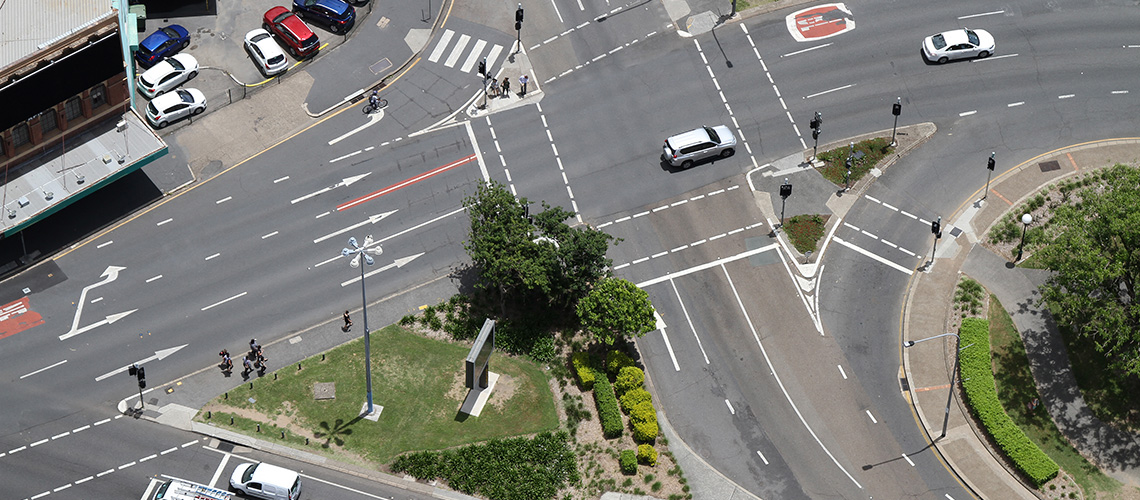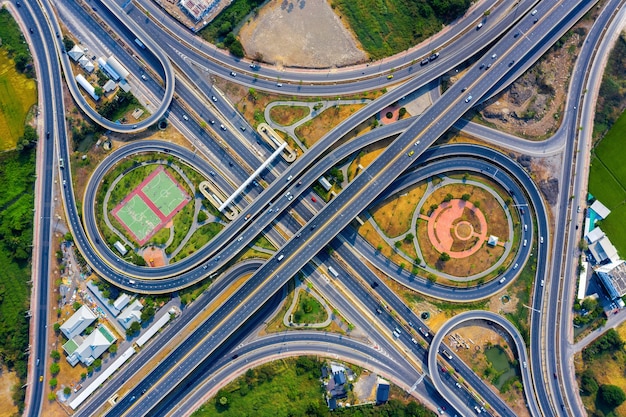Contact Us
RoadVision AI
Private Limited
Office No. 308 & 310, B Block
Ansal Chamber - 1, Bhikaji Cama Place,
Near Engineers India Limited (EIL) Bhawan, New Delhi - 110066
© 2024 | RoadVision AI | All rights reserved
Intersections are critical nodes in any road network, where the paths of various users converge, often leading to complex traffic movements. As outlined in Australia's Guide to Road Design Part 1 (AGRD01), effective intersection design is pivotal in enhancing safety and reducing accident rates. This article explores the key principles and considerations of intersection design and their impact on road safety.

Intersections are among the most frequent sites of traffic collisions due to the high potential for conflict between road users. AGRD01 emphasizes that designing intersections requires addressing safety by minimizing conflicts and enhancing clarity for all users, including drivers, pedestrians, and cyclists.
Key factors influencing intersection safety include:
AGRD01 adopts the Safe System approach, which aims to create forgiving environments where errors do not result in severe injuries or fatalities. For intersections, this involves:
The choice of intersection type profoundly impacts accident rates. AGRD01 provides guidance on selecting appropriate designs:

Several design elements directly influence the safety performance of intersections:
AGRD01 strongly advocates for Road Safety Audits during the design and operational phases. These audits assess the risk factors inherent in a design and propose mitigations to align with Safe System principles.
Intersection design, guided by AGRD01's principles, plays a vital role in reducing accident rates by addressing conflict points and improving clarity. By integrating the Safe System approach, designers can create road networks that are not only efficient but also inherently safer for all users.
For practitioners, AGRD01 provides a robust framework to ensure intersections are designed with a focus on minimizing risk and enhancing safety outcomes, embodying the principles of modern road design.